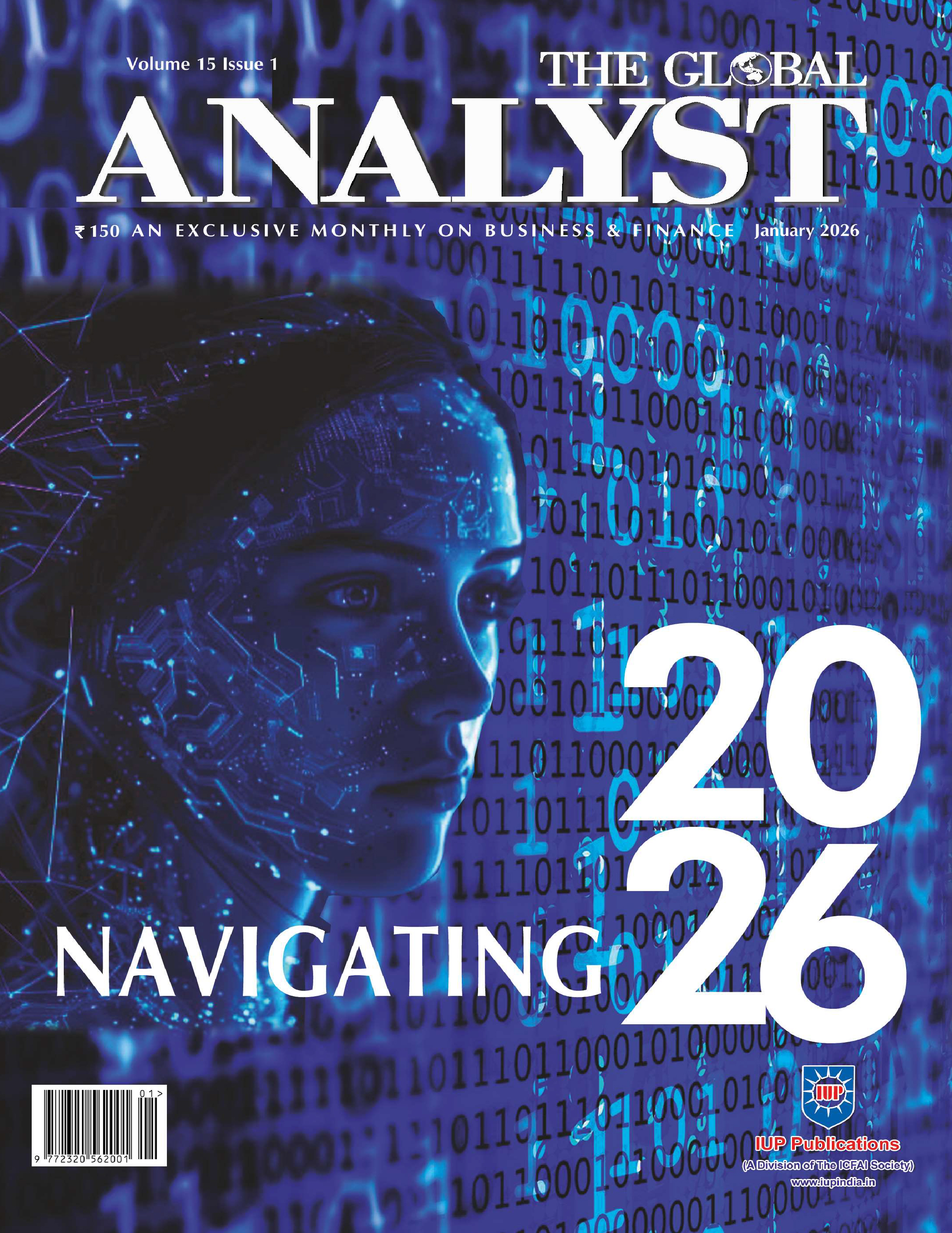
Jan '2026
|
|
The Global Analyst
The Global ANALYST is one of India's leading business & finance magazines. The Global ANALYST, a monthly magazine, contains intellectually stimulating articles on cutting-edge and contemporary topics. Besides, it also features interviews with as well as articles written by eminent national and international experts from industry, academia (including IIMs and IITs), as well as regulatory bodies (like RBI), etc., encompassing areas such as financial markets, economics, strategy, international trade, banking, technology, start-ups, e-commerce, industries, to name a few.
The Global ANALYST 2026 January
If you want to read the full magazine or subscribe to it
Please contact : 90522 94946 or email to info@iupindia.in (Mon-Fri)
The World of AI
India ranks fifth globally in GenAI innovations.
India is the only Asian country after China to have made it to the list of world's top five generative artificial intelligence (GenAI) destinations, as per a new report by United Nation's World Intellectual Property Organisation (WIPO). China with 38,210 patents currently leads the chart. It is followed by the US (6,276 patents), the Republic of Korea (4,155) and Japan (3,409) at the second, third and fourth
spots respectively. India, which is ranked fifth, has a total of 1,350 patents in GenAI to its credit. The ranking has been done on the number of patents received during the 10-year period from 2014 through 2023.